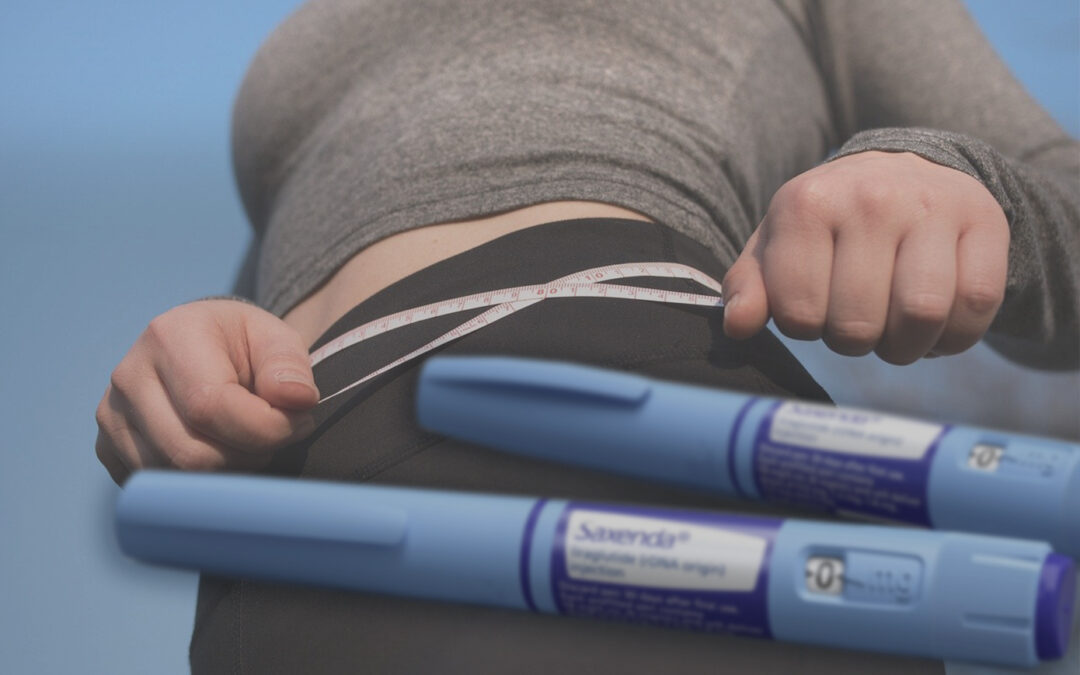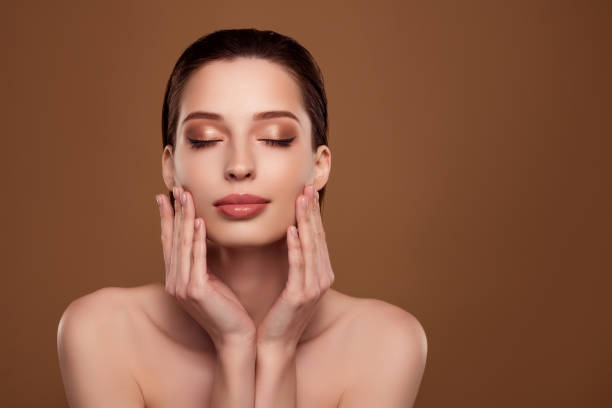Hair loss is a common concern affecting millions of individuals worldwide, impacting confidence and overall quality of life. Among the various solutions available, Scalp Micropigmentation in Dubai has gained significant popularity as a non-invasive, innovative approach to hair restoration. This technique involves the precise application of pigment to the scalp to mimic the appearance of natural hair follicles. While many consider it a safe and effective option, questions about its safety for everyone remain prevalent.
Understanding Scalp Micropigmentation
What is Scalp Micropigmentation?
Scalp Micropigmentation (SMP) is a cosmetic tattooing procedure designed to replicate the look of hair follicles on the scalp. Using specialized equipment, trained practitioners deposit pigment into the upper dermal layer of the skin, creating the illusion of fuller hair or a shaved scalp look. This treatment offers a versatile solution for various hair loss patterns, including thinning hair, bald patches, or receding hairlines.
The Process and Technique
The SMP procedure involves multiple sessions where tiny dots are meticulously tattooed onto the scalp. Each session is carefully planned to match the natural hair color, density, and pattern, ensuring a seamless and realistic appearance. The process is tailored to individual needs, to achieve a natural look that blends effortlessly with existing hair or scalp skin.
Who is a Suitable Candidate for Scalp Micropigmentation?
Ideal Candidates
Most individuals experiencing hair thinning, baldness, or scalp scarring are considered suitable candidates for SMP. The technique is particularly effective for those seeking a non-surgical solution that provides immediate aesthetic improvements. Candidates should have healthy scalp skin, free of active skin conditions or infections, to ensure optimal results and safety.
Not Suitable for Everyone
Despite its versatility, Scalp Micropigmentation may not be suitable for everyone. People with certain skin conditions, such as psoriasis, eczema, or dermatitis affecting the scalp, might face complications or unsatisfactory results. Additionally, individuals with keloid tendencies should exercise caution, as the procedure involves skin penetration that could potentially trigger abnormal scarring.
The Importance of Consultation
A thorough consultation with a qualified practitioner is essential to determine individual candidacy. During this assessment, the practitioner evaluates scalp health, discusses aesthetic goals, and considers any underlying health issues. This step ensures that the procedure is safe and tailored to produce the best possible outcome.
Is Scalp Micropigmentation Safe for Everyone?
General Safety Profile
Scalp Micropigmentation is widely regarded as a safe procedure when performed by trained and experienced professionals. The process is minimally invasive, involving superficial skin penetration, which significantly reduces the risk of complications. The pigments used are specifically formulated for dermal application, making adverse reactions rare when proper hygiene and technique are maintained.
Potential Contraindications
While generally safe, certain factors may influence the safety of SMP for an individual:
- Skin Conditions: Active infections, inflammation, or skin diseases on the scalp can increase the risk of adverse reactions or poor healing.
- Allergies: Allergic reactions to pigments or anesthetics used during the procedure, although uncommon, can occur.
- Medical History: Certain medical conditions, such as autoimmune disorders or blood clotting issues, may require special consideration or medical clearance before proceeding.
Precautions and Best Practices
To ensure safety, it is crucial to choose a qualified and licensed practitioner who adheres to strict hygiene protocols. Proper sterilization of equipment, high-quality pigments, and appropriate aftercare are vital components of a safe SMP experience. Additionally, discussing medical history openly during consultation helps identify any potential risks or contraindications.
Ensuring Safety with Professional Guidance
The Role of Certified Practitioners
Professionalism and expertise are key in guaranteeing the safety and success of SMP. Certified practitioners undergo specialized training to master the technique, understand skin anatomy, and manage potential complications. Their experience ensures precise pigment placement, natural results, and minimized risks.
Pre-Procedure Considerations
Before undergoing SMP, individuals should disclose their complete medical history and any skin sensitivities. Following pre-procedure instructions, such as avoiding certain medications or skin products, helps reduce the risk of complications and promotes optimal healing.
Post-Procedure Care
Proper aftercare is essential for safety and longevity of the results. This includes avoiding excessive sweating, sun exposure, and scratching the treated area during the healing phase. Following the practitioner’s guidelines ensures proper healing and reduces the likelihood of infections or pigment migration.
Long-Term Safety and Maintenance
Durability of Results
The pigments used in SMP are designed to be long-lasting, but some fading over time can occur. Regular touch-up sessions help maintain the appearance and address any fading or changes in hair color.
Monitoring Skin Changes
Individuals should monitor their scalp for any unusual reactions or changes post-procedure. Routine skin checks and consultations with a dermatologist or practitioner can help detect and manage potential issues early.
Safe Maintenance Practices
Using gentle scalp care products, avoiding harsh chemicals, and protecting the scalp from excessive sun exposure contribute to the safety and durability of SMP results.
Final Thoughts: Is SMP Suitable for Everyone?
Scalp Micropigmentation Dubai is a safe and innovative hair restoration solution for many individuals seeking a non-invasive alternative to traditional hair transplant procedures. When performed by qualified professionals, the procedure boasts a strong safety profile, with minimal risks involved. However, suitability varies based on individual health conditions, scalp skin status, and personal goals. A comprehensive consultation with a trained practitioner is crucial to determine eligibility and ensure safety.
In conclusion, Scalp Micropigmentation can be a safe option for a wide range of individuals, provided it is approached with proper medical guidance and professional expertise. As with any cosmetic procedure, informed decision-making and adherence to aftercare protocols are essential for achieving safe and satisfying results.







0 Comments